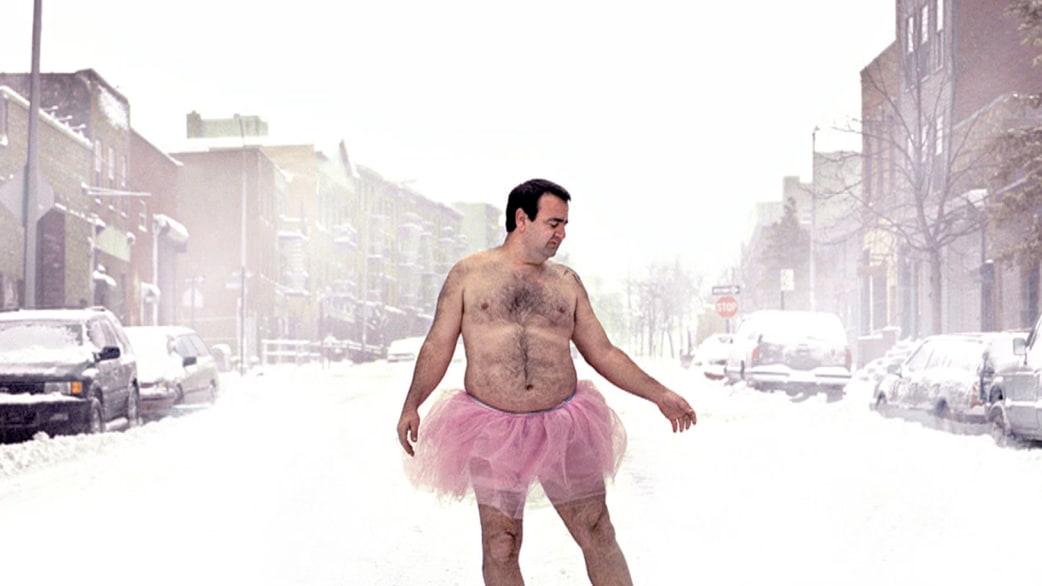 |
| Photographer Bob Carey defies standard, gendered color norms—and other norms, too. |
Pink is for girls, blue is for boys. Most any American
you know who’s had a baby has had to wrestle with this question. Modern
parents (including myself) debate whether or not they want to hew to the old
gender-designated colors, or if they want to just dress their babies in green
or orange or some other color that doesn’t have those old gender-specific
associations we’ve always had.
But we haven’t always had them. It used to be that
babies were dressed in white. In the days before leak-proof diapers, this
might seem imprudent, but that’s how it was done. The more poetic among
us might figure that white suggests the innocence of the newborn, but it’s
probably more that babies grow out of clothes quickly, and since dyes were
expensive, it didn’t make sense to do anything to make baby clothes any more
expensive than they already were. By the early 20th century,
advances in chemistry led to cheaper dyes, and we could finally start coloring
clothes for babies and toddlers and other small, fast-growing people. As
an article in the trade publication Earnshaw’s Infants’ Department
stated in 1918, “The generally accepted rule is pink for the boys, and blue for
the girls. The reason is that pink, being a more decided and stronger
color, is more suitable for the boy, while blue, which is more delicate and
dandy, is prettier for the girl.”
That’s not a typo above. A century ago, pink really
did have masculine associations. Even Penn State’s football team wore
black and pink football jerseys. (The team reused them every year, the
story goes, so that they eventually faded to the colors of blue and white,
which are the university’s school colors today.) Blue had more universal
associations, despite what the quote from Earnshaw’s says. School
uniforms were often blue, as were sailors’ uniforms. Sailor suits, which
were popular to dress both little boys and little girls in during the early
part of the century, were blue. This might be the reason that pink and
blue made the switch. By the 1950s, pink was thought of as more feminine,
but not necessarily so. By the 1970s, Americans thought of pink as a
solidly feminine color, and blue was more masculine, and that’s how it’s going
to be forever—or, at least, until it changes again. Until then, wear
whatever you like.


Comments